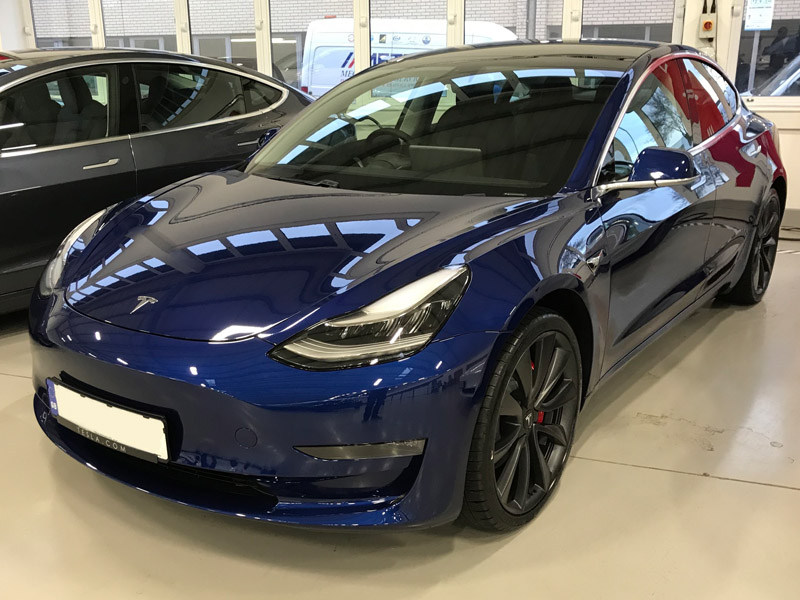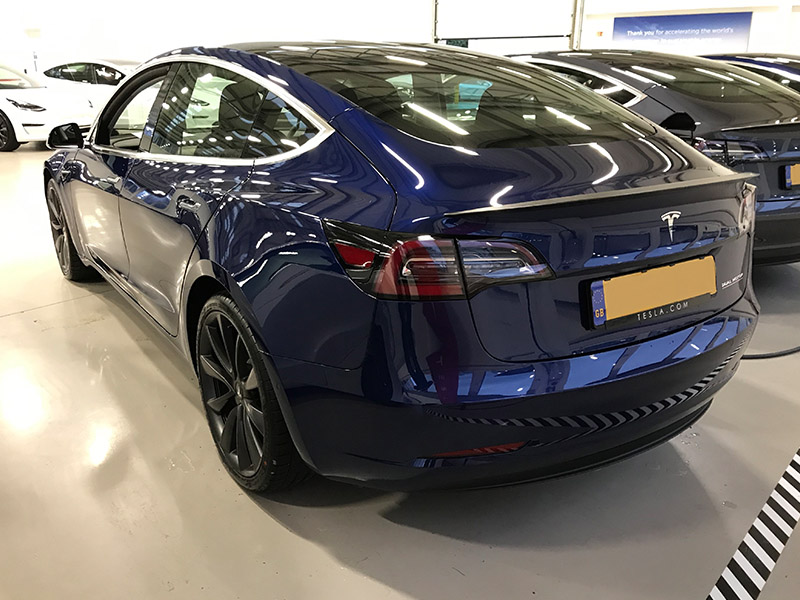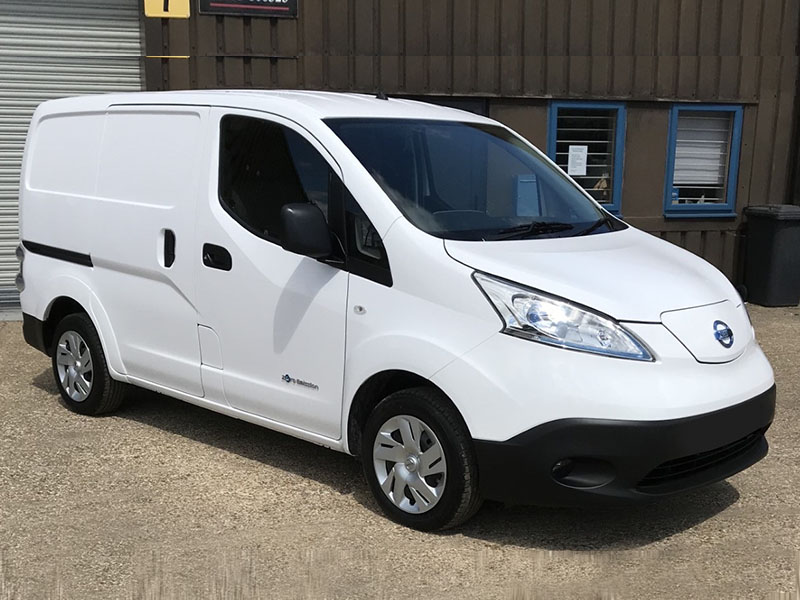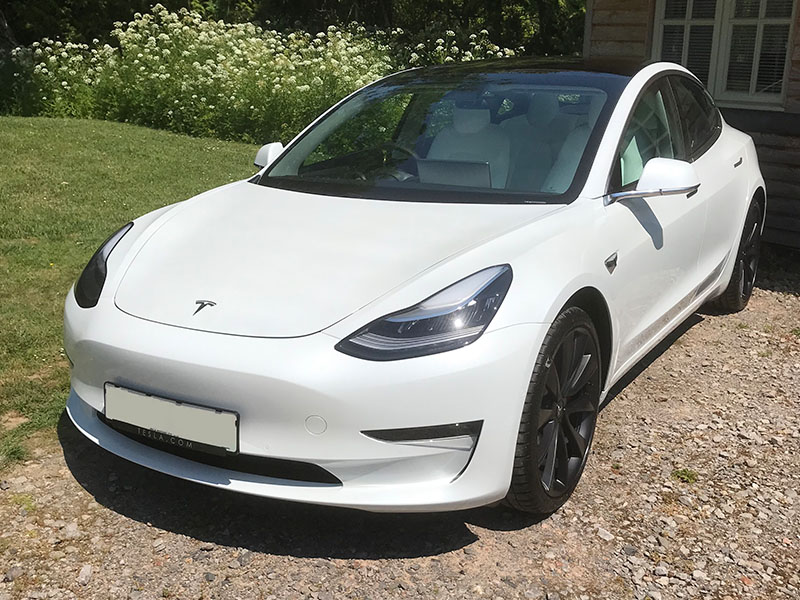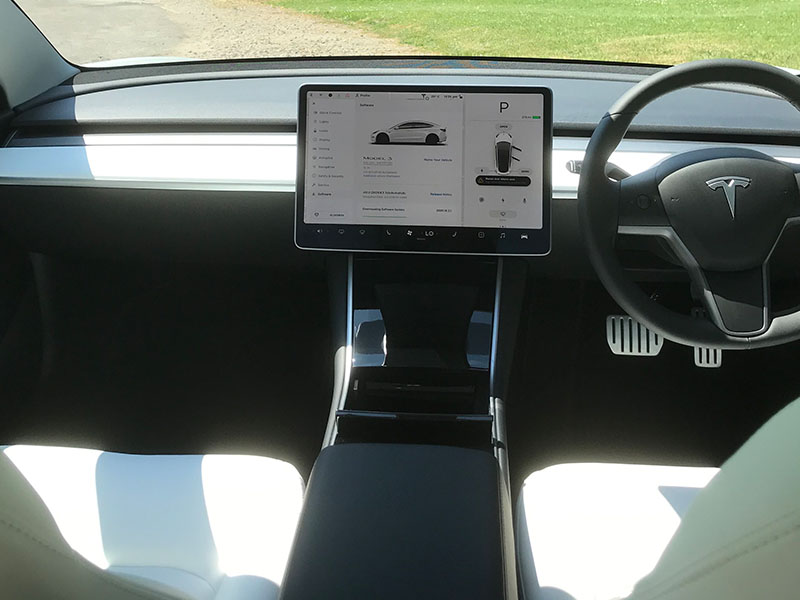As an independent dealer we are honest about the electric vehicles that are available on the market. We work with you to make sure that the car you purchase is right for you; ours is an unbiased view.
We can provide all the information you need to make your choice from the range of EV’s available from a wide range of manufacturers. We offer impartial advice and support throughout the decision process.
We offer a highly professional service throughout the purchase; our sales team are knowledgeable and able to answer all your questions.
We aim to be competitive with our pricing whilst offering a high level of professionalism and integrity.
We may not be the cheapest but we will always deliver on our promise and you can be assured that Bimta Group will offer support long after the purchase of your new Electric Vehicle.

FAQs
Yes, you can use your normal three pin plug socket or have a home charging box fitted (at your cost).
Please note that the home charging box will be a faster way of charging your vehicle.
This will depend on a number of things including the manufacturer of the vehicle, the type of charger you are using and whether you require the car to be fully charged.
Examples: Tesla Supercharger 1.5 hrs – Nissan Leaf 42KW Domestic 3 pin plug 18 hrs
This will depend on the manufacturer of the vehicle, some offer several options. We can help and advise you of the best option for your needs
With every generation of electric vehicles, the range for a single charge gets better. Just like cars with a combustion engine whose consumption in winter slightly increases, electric cars also have to use more energy in cold weather. What’s more, they’re so energy efficient that the engine generates virtually no residual heat, so the cabin heating is fully electric. The batteries are also warmed up to maintain their properties while driving. But all this can be compensated for in electric cars.
For example, a car can be heated while charging using smart applications, thus reducing the energy consumption while driving. Advanced heating systems in modern cars are also exceptionally economical, so the reduction in driving distance is not so drastic – in fact, Norway or Canada are two countries with the largest number of electric vehicles.
An electric car handles no differently than a conventional car with an automatic transmission. Even the electric car contains the accelerator and brake pedals and the gear selector with P, R, N, and D. The purely electric car, however, responds to the driver’s commands in a specific way. Noise and engine vibrations don’t interfere with the driving experience, and when you press the accelerator pedal, you get perfectly smooth acceleration.
Thanks to energy recovery, the electric car also makes more use of the motor for braking, thus reducing wear on the brakes. The level of energy recovery and the subsequent braking power of the engine can usually be adjusted easily during the drive. Electric cars have been known for their heaviness, but with technological advances in battery production this is becoming less true. The new, more compact batteries are not only lighter, but they allow for installation as low as possible and as close to the geometric centre of the car as possible. This has a positive effect on vehicle balance and makes for excellent handling, especially in the city.











